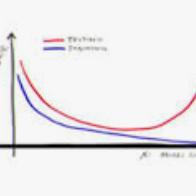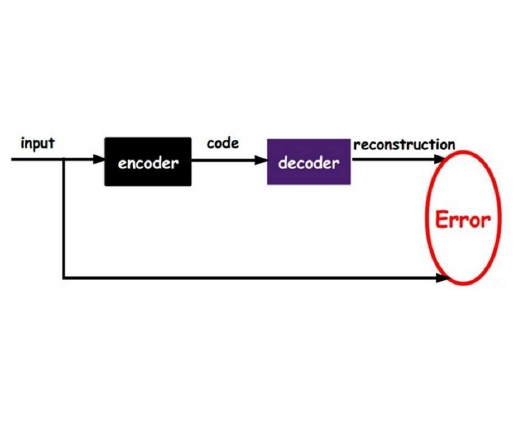The task of shape space learning involves mapping a train set of shapes to and from a latent representation space with good generalization properties. Often, real-world collections of shapes have symmetries, which can be defined as transformations that do not change the essence of the shape. A natural way to incorporate symmetries in shape space learning is to ask that the mapping to the shape space (encoder) and mapping from the shape space (decoder) are equivariant to the relevant symmetries. In this paper, we present a framework for incorporating equivariance in encoders and decoders by introducing two contributions: (i) adapting the recent Frame Averaging (FA) framework for building generic, efficient, and maximally expressive Equivariant autoencoders; and (ii) constructing autoencoders equivariant to piecewise Euclidean motions applied to different parts of the shape. To the best of our knowledge, this is the first fully piecewise Euclidean equivariant autoencoder construction. Training our framework is simple: it uses standard reconstruction losses and does not require the introduction of new losses. Our architectures are built of standard (backbone) architectures with the appropriate frame averaging to make them equivariant. Testing our framework on both rigid shapes dataset using implicit neural representations, and articulated shape datasets using mesh-based neural networks show state-of-the-art generalization to unseen test shapes, improving relevant baselines by a large margin. In particular, our method demonstrates significant improvement in generalizing to unseen articulated poses.
翻译:形状空间学习的任务包括绘制一组由形状组成的列车,从一个具有良好概括性特性的潜在代表空间绘制一组形状。通常,真实世界的形状收藏具有对称性,可以被定义为不会改变形状本质的变异。在形状空间学习中包含对称性的自然方法是要求将形状空间的映射(编码)和从形状空间的映射(解码器)与相关的对称(解码器)不相等。在本文中,我们提出了一个框架,通过引入两种贡献将等离异性纳入编码和调色器中:(一) 调整最近的框架变异性框架(FA) 以构建通用、高效和最大表达式的形状。以及(二) 要求对形状不同部分应用的形状(解码器) 进行自动解析变异性图,这是第一个完整的变异性自动变异性结构的表达式,通过引入两种贡献:(一) 将最近的框架调整框架修改为简单化, 使用标准的普通的缩略度结构显示我们的标准的缩度结构, 而不是标准的缩度结构的缩图。




